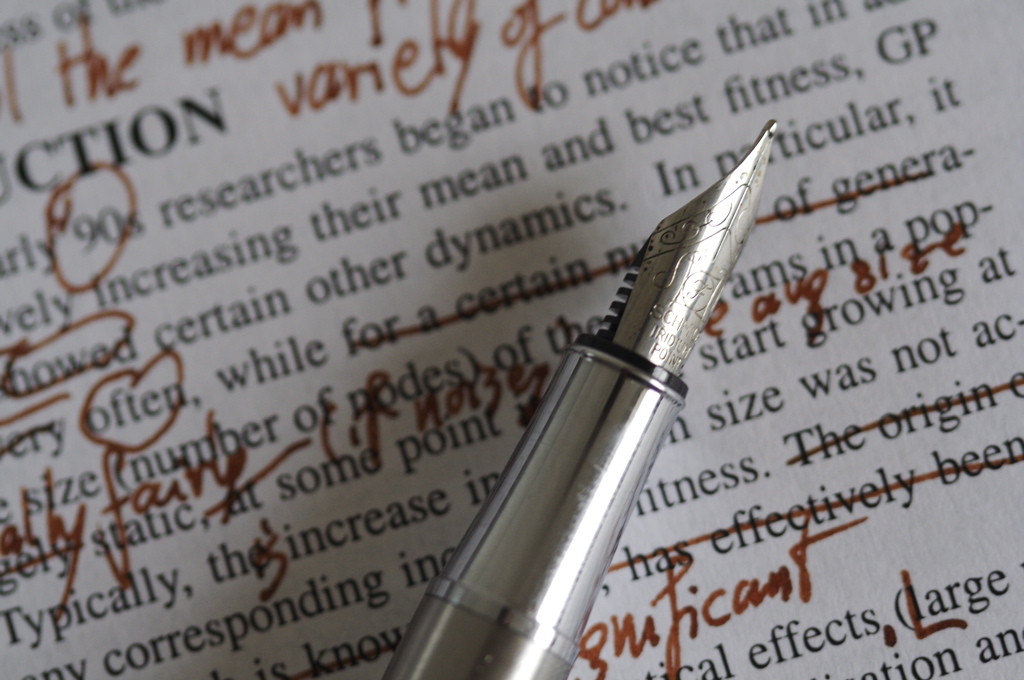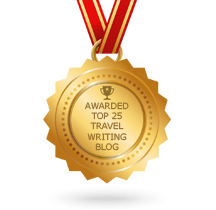In content, editing is everything. The writers may have the ideas and put them down on the page, often with great panache, spot-on metaphors and a killer turn of phrase, but even the best can benefit from an editor. Editors will translate writers’ shrewd observations and wandering thoughts into the best and most readable version possible.
The best travel content inspires its readers. For travel publications, that means keeping the reader captivated with a compelling narrative, while for travel companies it’s about inspiring readers to the point of purchase. In every case, editing is an essential way to ensure your content does its job as well as it possibly can.
Hot on the heels of our previous blog, a checklist for editing travel content, we’ve come up with five more pieces of advice to ensure the effectiveness of your editing process. So scroll down to read our expert editing advice…

1. Avoid overusing adverbs and intensifiers
The goal of editing is to tighten up the copy. Unnecessary words make content flabby. One of the best ways to firm things up is to begin with adverbs (words that modify a verb or noun, such as ‘ran quickly’ or ‘move snappily’) and intensifiers (words that make adjectives stronger, such as ‘very’, ‘really’, ‘extremely’).
Start by mixing the intensifiers and replacing them with a stronger, more illustrative adjective. For instance, instead of ‘a very bright light’, say ‘a glaring light’ or ‘a dazzling light’.
Adverbs seem innocent enough and they are when used in moderation. The problem arises when writers rely on them too much. Often when writers are straining for the perfect word – that is, the most accurate and precise word – they settle for second-best. Yet adding in too many adverbs leads to overwritten copy.
Take for instance: “We walked slowly down the road past heavily weighed-down lemon trees, sweating under the extremely hot sun …”. This sentence can be tightened up by swapping out the verb-adverb (“walked slowly”), adverb-adjective (“heavily weighed-down”) and intensifier-adjective (“extremely hot”) pairings for a single more descriptive word: “We ambled down the road past laden lemon trees, sweating under the blistering sun.”
2. Remove redundancies
Another way to tighten up your travel prose is by removing redundancies. For example:
past history (history is already in the past)
descend down (you can’t descend up)
enter in (you can’t enter out)
every single person (single is unnecessary)
filled to capacity (capacity shows that it is already full)
close proximity (proximity implies closeness).
Unfortunately, redundancies are difficult to spot, particularly when self-editing. Weeding them out requires a conscious effort. So consider writing up a list for reference and keeping it beside you as you edit.
3. Steer clear of the passive voice
Vilification of the passive voice is widespread. Almost every style guide going has blacklisted it. And while we’re not hard line about the passive voice (as we explained in our ‘Eight Grammar Rules Made to Be Broken’ post), it shouldn’t be overused. The easiest way to identify the passive voice? Rebecca Johnson, an ethics professor at USMC, found a method that’s hard to beat: “If you can insert ‘by zombies’ after the verb, you have passive voice.”
For example: “When I reached the summit of the mountain peak, I surveyed the view and my breath was taken away… “ by zombies. If it works, then it’s passive.

4. Hone in on comma-heavy sentences
One quick way of tightening up travel copy is to cut those long-winded sentences. The best way to spot them? Give the text a quick scan and be on alert for sentences with lots of commas. There is nothing wrong with a comma or two or three or even four… but any more and a sentence can seem interminable. For instance: “The tour, which happens once a year, gives visitors a behind-the-scenes glimpse into the historic buildings in town, many of which were built before the Civil War, when this part of the country was a centre for slavery and covered in agricultural land where sugar and cotton were grown and slaves worked the field to the benefit of the plantation owners who often travelled abroad…”
Scan through the prose. Sometimes, all you need to do is just take out an ‘and’ here and there and insert a full stop in its place. Other times, you may need to prune.
5. Don’t nominalise
Your travel content isn’t on any curriculum. No one is required to read it. Your readers wield the power of free will, which means you need to offer them something they will choose to read. And no one will read your stuff if it’s filled with academese and bureaucratese.
Nominalisation, a fancy-pants linguistic term, occurs when a verb is used as a noun creating what’s known as a ‘camouflaged verb’. For example:
“UV radiation is the cause of sunburn.” -> “UV radiation causes sunburn.”
“The hotel gives a reduction of rates during low season.” -> “The hotel reduces rates during low season”
“The cabin crew performed an investigation.” -> “The cabin crew investigated.”
While nominalisation isn’t grammatically incorrect, it is flat and dull, and as this New York Times blog notes, is likely to send your readers to sleep. Probably not the effect you hoped for.
Every piece of travel content created by World Words is edited in house, so take a look at our portfolio to see our editing tips in action. And if you have any great editing techniques to add, share them with us on Twitter.
—
Editing a Paper CC image courtesy of Nic McPhee (Flickr); Zombie CC image courtesy of Daniel Hollister (Flickr)

Great tips (especially the “by zombies” tip) – thanks for sharing!
Thanks Kate, glad you enjoyed it!
Pingback: What I’m Reading: August 5 | Petite Adventures